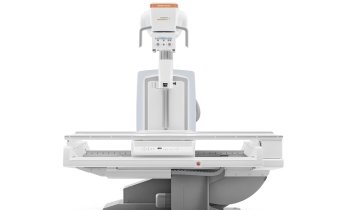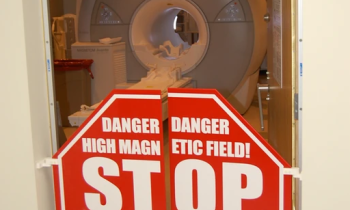Warning: Staff may fail to spot suicide risk
England & Wales – Around 5,000 people kill themselves in these two countries each year
Previous research has indicated that the emergency department might be well-placed to pick up patients vulnerable to suicide. However, according to a small, new study carried out by researchers at Manchester University, although people who frequently present themselves at hospital emergency departments may be at high risk of suicide, emergency care staff may fail to spot their vulnerability.

The suicides were identified from information submitted to the National Confidential Inquiry into Suicide and Homicide by People with Mental Illness at The University of Manchester.
The researchers reviewed emergency department hospital records from 38 hospitals for 286 people who committed suicide between 2003 and 2005 -- and who had been in contact with mental health services within 12 months of their death.
There were twice as many men as women, and the average age of the suicides was 47 (ranging from 19 to 95 years). Analysis showed that more than four in 10 (43%; 124) of all the 286 suicides had sought treatment at emergency care departments at least once in the year leading up to their death. Importantly, among these 35 (28%) had visited emergency care facilities more than three times in the last year of their lives. These ‘frequent attenders’ died by suicide significantly soon after their last visit to emergency care than those who attended less often.
Over half (55%) of those who took their own lives were unemployed or on long term sick leave at the time of their death.
One in five cases had a primary diagnosis of schizophrenia and other delusional disorders; almost half (48%) had affective disorders, such as bipolar disorder or depression. Around one in 10 (9%) were dependent on alcohol and 3% were drug dependent.
The frequent attenders were significantly more likely to have a history of self harm and alcohol misuse. They were also more likely to be unemployed and to have sought help for psychological reasons, including self harm.
Best practice guidance but…
Best practice guidance recommends that self-harming patients who seek emergency care should be given a psychosocial assessment, but the researchers found little documented evidence to suggest this was happening. ‘Although psychiatric services clearly have a prominent role in preventing suicide in mental health patients, emergency care departments may represent an important additional setting for suicide prevention,’ said Research Assistant Damian Da Cruz. ‘Frequent attenders may represent a high-risk group, and this should be recognised by emergency services. Closer liaison with general practitioners and mental-health services to ensure appropriate and consistent management of these often complex cases may be of benefit.’
Source: Emergency department contact prior to suicide in mental health patients. Online First Emergency Med J 2010; doi 10.1136/wmj.2009.081869
07.09.2010











